Urrao lies within the valley of the Penderisco River, some 100 kilometers northwest of Medellín. The drive there is a breathtaking series of mountain passes above valleys that seem so impossibly vast it's easy to perceive the Andes as something somehow otherworldly. Within four hours you'll arrive in Urrao to discover that the town sits within a cool and lush valley floor at 2,000 meters. In this strange place coffee grows best at some of the lowest elevations.
Urrao is home to a variety called chiroso, once known to us as caturra chiroso. The name is Colombian slang for something that is a little stretched out, often referring to an old t-shirt and probably derivative of achiras, a popular Colombian snack with a similar shape. Thought originally to be a locally-occurring mutation of the caturra commonly planted in the area, the variety has a few unusual physical traits—most notably, elongated fruits and seeds.
According to local lore a farmer from Urrao was visiting another farm an hour or so south where he noticed some coffee plants that looked unusually productive despite the cold weather in the region. He brought seeds back and shared them with a few neighbors, including Doña Carmen Montoya ("the godmother of chiroso" and a longtime coffee producer in Urrao). She then shared seeds with her own neighbors, and in time, much of the coffee grown in Urrao was caturra chiroso.
Years later a coffee from Urrao performed very well in the Cup of Excellence—a competition that no coffee from the department of Antioquia, let alone Urrao, had ever taken first place in. This caught the attention of Pedro Echavarría of Pergamino, with whom we work closely in the area. Pedro's enthusiasm for chiroso is infectious and we have him to thank for our obsession. (This past year Pedro placed in the top ten in the Cup of Excellence with his own chiroso.)
More recently, the Pergamino team has shared with us their confidence in a growing belief that chiroso is not closely related to caturra—or any other known variety in the Americas. Current research implies that chiroso is instead an Ethiopian landrace variety or a close relative of one. How it arrived in this remote part of Colombia is mysterious, but calls to mind similar stories told of other sought-after varieties like gesha, pink "bourbon", sidra, and "typica" mejorada.
The first chiroso lot we bought came from Aidé and Pedro Garro back in 2017. Their farm, Finca El Eden, was part of a larger holding in the community of San Carlos that Pedro worked on as a young man. Next to their home they have an electric depulper, two small steel tanks, a tile basin for floating and washing their coffee, and a covered, parabolic drying platform, together a relatively typical arrangement for the area.
After picking, the coffee is depulped and fed into steel tanks where the traditional processing method in Urrao is followed: the coffee is fermented, submerged in fresh water, for up to 72 hours, on the longer side for Colombia enabled by the cooler air and water here. Farmers tend to mix batches over the course of a few days, replacing with fresh water daily to manage microbial activity. After fermentation is complete, the coffee is rinsed and dried on raised, covered parabolic beds.
Good quality chiroso microlots - from Urrao specifically - are among the best coffees in the world, and Aidé and Pedro's is a great example of what we consider to be typical for the variety, which seems to perform uniquely well in Urrao. We're incredibly excited to offer their coffee again, and we're grateful as always to Pergamino, our longtime sourcing partners in Colombia, for facilitating this relationship for us.
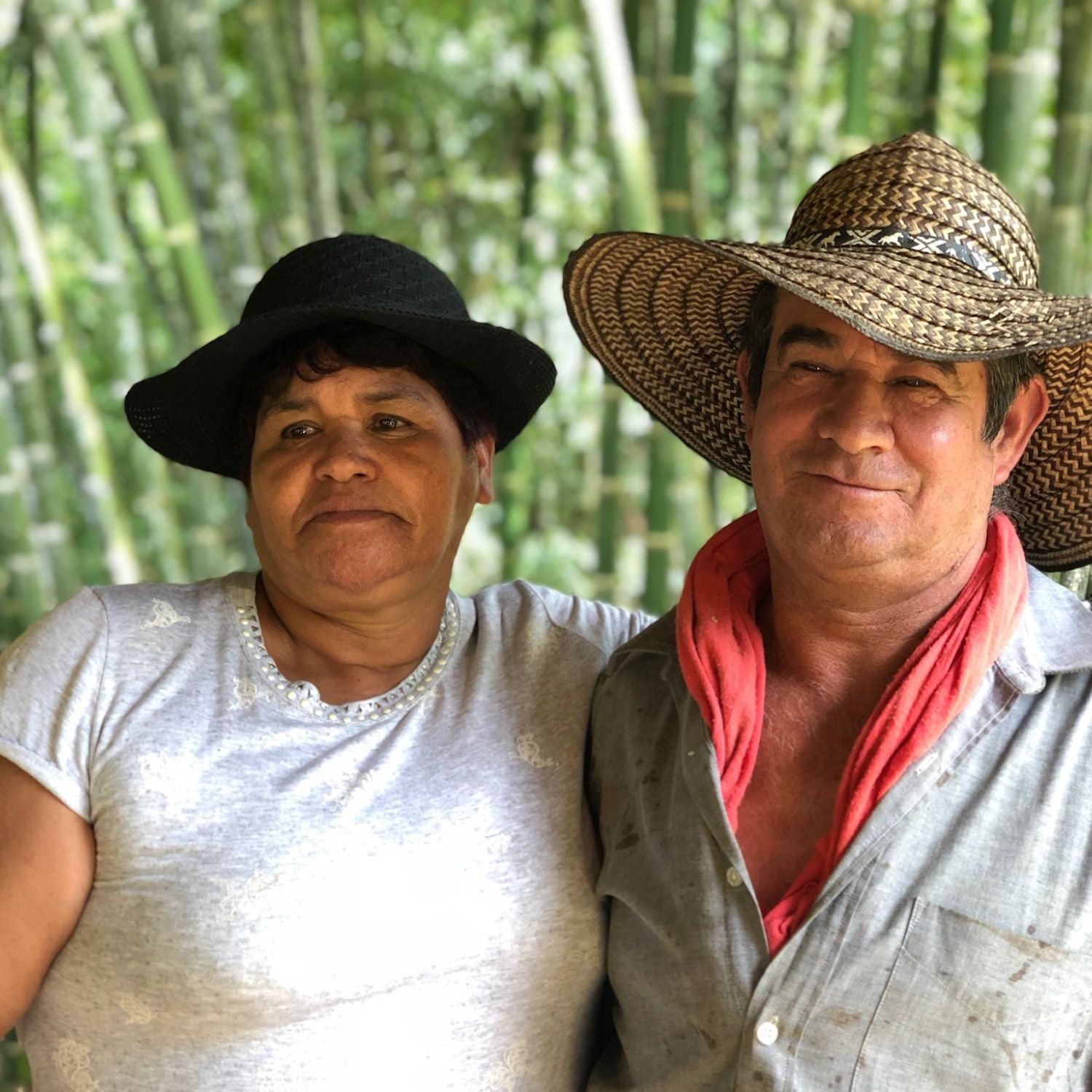
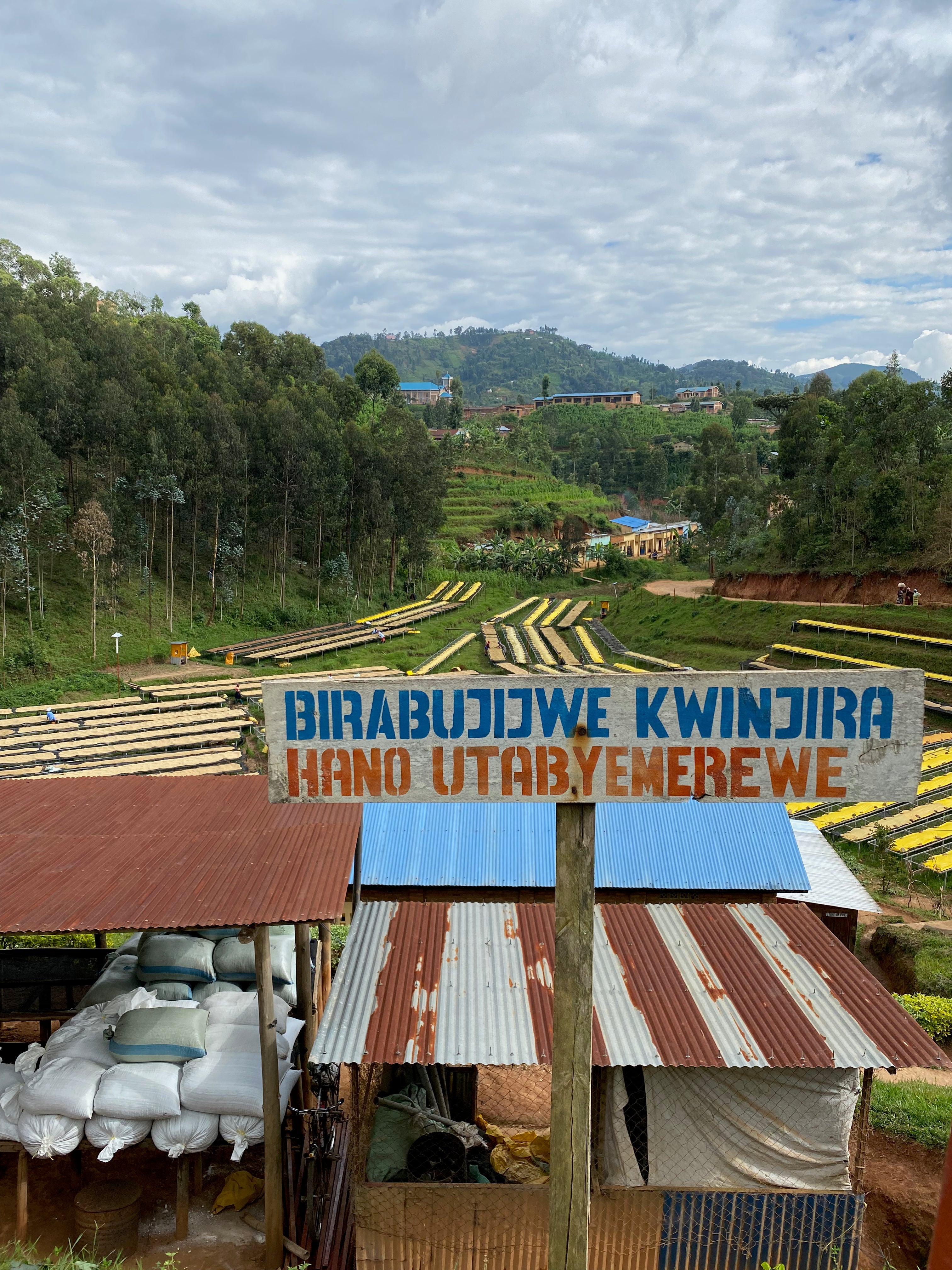
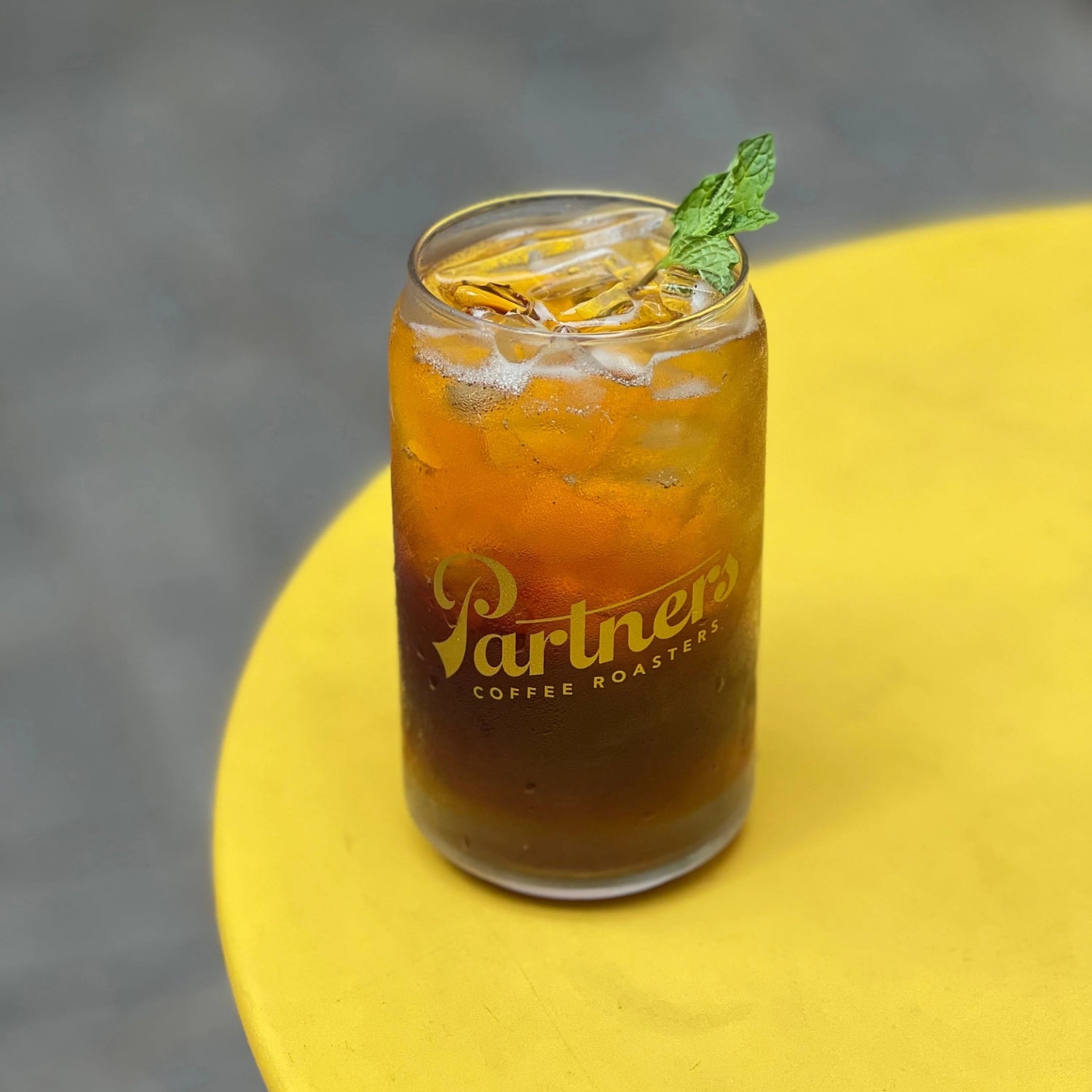

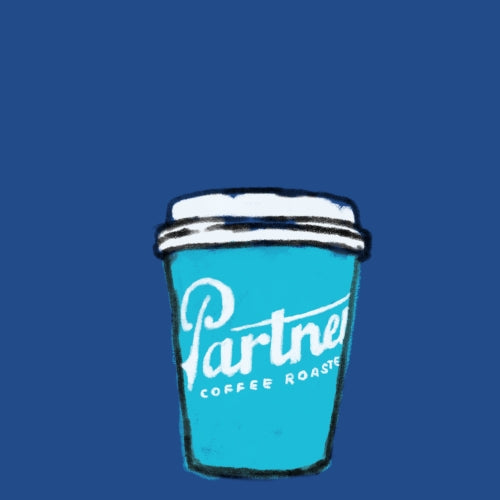


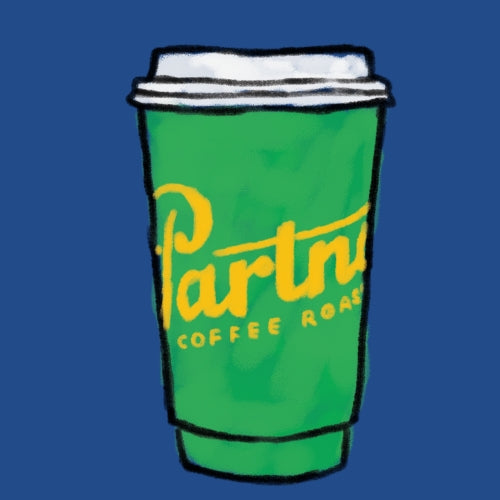
Leave a comment
This site is protected by hCaptcha and the hCaptcha Privacy Policy and Terms of Service apply.